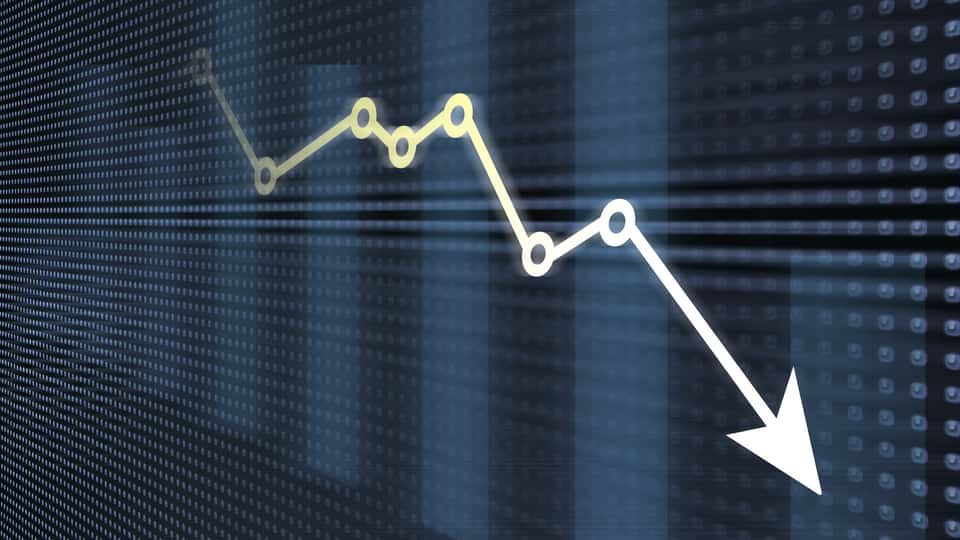The tea leaves for trying to predict the course of the economy are numerous and scattered but there is one trend starting to emerge that will surely lead to a recession.
Economists and market watchers have been looking for signs that the slowing economy might be tipping over to a recession citing everything from the lack of inflation, minimal wage growth, a near stop in capital expenditures to purchasing managers index which recently dipped below the 50 level which indicates a contraction in the economy; the first such since January 2016.
The recent inversion of the yield curve, along with $17 trillion in negative debt, has caused the most hand wringing and loudest calls for a recession.
The one area that remains strong is consumer spending, which accounts for over 70% of the service based U.S. economy. Recent data from the Conference Board showed the consumer confidence index climbed to 138.4 in September, it’s highest level since September 2000.
The number one factor in providing and boosting consumer confidence is job security. This comes in the form of both the ability to maintain a current job or proactively being able to switch and find new, presumably better, employment opportunities.
On that front things seem to be hunky dory as not is the unemployment rate of 3.7% near a 30 year low but the JOLTS index hit a 10 year high last June. In fact one of employers’ biggest complaints is that they can’t find enough skilled workers to fill job openings.
But behind the kumbaya headlines there is developing a more worrisome trend; announcements of layoffs are appearing more frequently and impacting larger number of people and industries.
For example Uber (UBER) had two consecutive job cuts in the past week totally over 800 people or nearly 8% of its work force, as it seeks a path to profitability.
These were high paying jobs, such as engineers and marketers. And with UBER’s stock still underwater from its IPO, that adds up to a lot of purchasing power removed from the economy.
The financial industry also continues to tighten its belt as the shift to passive investing, near zero interest rates and automation reduce the need for brokers, traders and back office staff. Schwab (SCHW) is just the latest, as it let go 600 workers from their San Francisco office.
And if one were to scroll through the Associated Press’s layoff section you would an increasingly frequent stream of announcements that cuts across nearly every industry.
Their have also been recent cuts come from tech firm Symantec (SYMC), health care provider Cerner (CERN) , manufactures such as US Steel (X) and food and beverage conglomerate Nestle.
When people start losing jobs, or see neighbors become unemployed, they become very nervous and their purse strings get snapped shut.
Right now consumer spending is the only and most important thing keeping the U.S economy on a growth path. Any pick up in layoffs and job losses will likely tip the it into a recession and there’s nothing the Fed’s zero interest rates and tax cuts will be able to do to prevent it.
DIA shares rose $0.24 (+0.09%) in after-hours trading Wednesday. Year-to-date, DIA has gained 18.21%, versus a 21.25% rise in the benchmark S&P 500 index during the same period.
About the Author: Option Sensei

Steve has more than 30 years of investment experience with an expertise in options trading. He’s written for TheStreet.com, Minyanville and currently for Option Sensei. Learn more about Steve’s background, along with links to his most recent articles. More...
More Resources for the Stocks in this Article
| Ticker | POWR Rating | Industry Rank | Rank in Industry |
| DIA | Get Rating | Get Rating | Get Rating |






